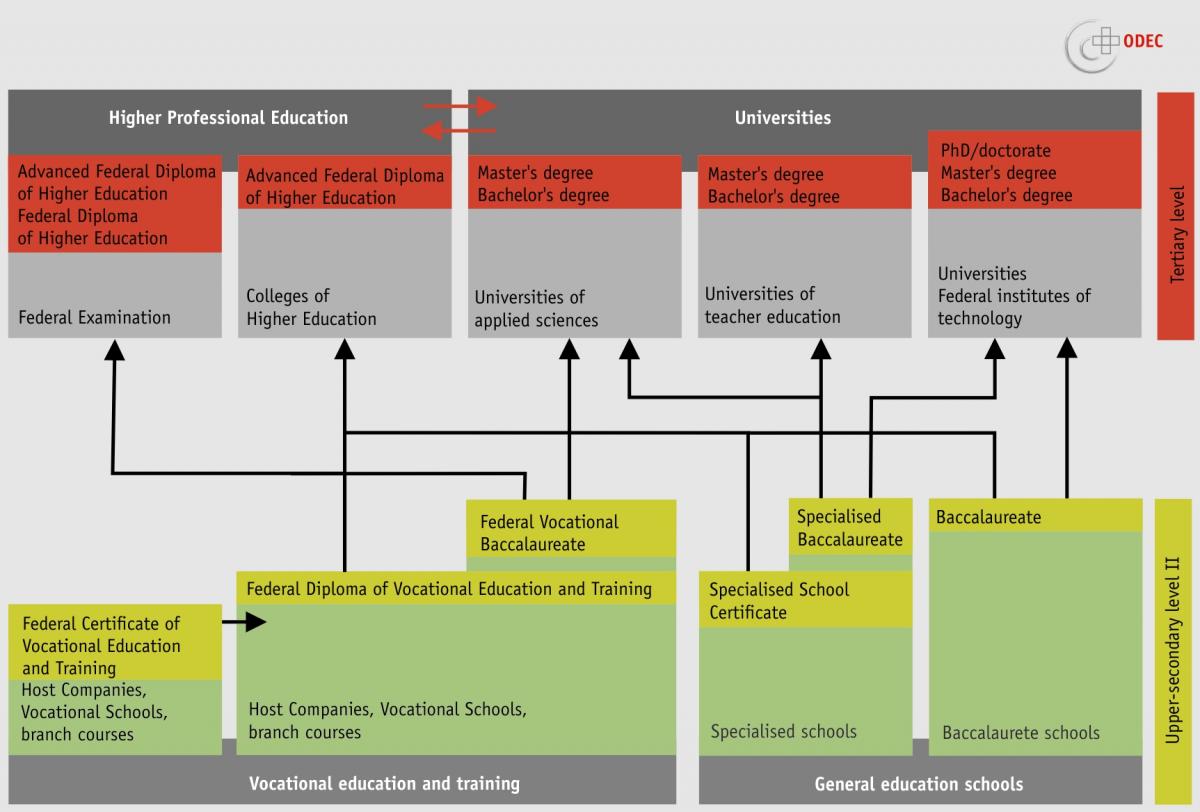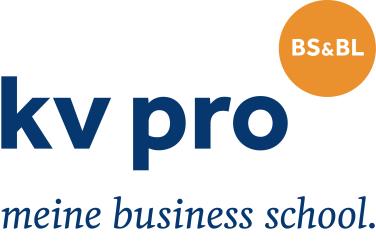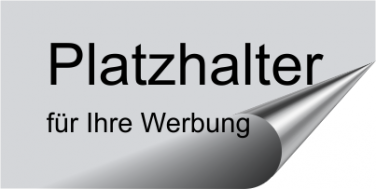The Swiss education system
The Swiss educational infrastructure consists of four levels: the primary level, the secondary levels I and II as well as the tertiary level. Compulsory schooling is limited to the primary level, including kindergarten, as well as secondary level I. In total, compulsory education lasts 11 years; the cantons are responsible for this.
Just under 91% of young adults below 25 years of age finish secondary level II – this includes apprenticeships as well as gymnasiums and specialised schools. At the highest level, the tertiary level, we differentiate between tertiary A, Universities and tertiary B, Higher Professional Education. A good third of people in Switzerland has completed tertiary education with the tendency increasing. The federal government and the cantons share responsibility for secondary level II and tertiary level.
Higher Professional Education: the strong duo of theory and practice
Federal Examination includes Federal Diploma / Advanced Federal Diploma and Colleges of Higher Education with Advanced Federal Diploma of Higher Education: these are the diplomas that you can achieve in Higher Professional Education. Completing secondary level II – usually an "eidgenössisches Fähigkeitszeugnis" [Federal Diploma of VET] – is the requirement to take the offers in tertiary level B. The large difference from tertiary level A is the practical application and the orientation to the world of work. Higher Professional Education is based on professional experience and qualifies for specialist and leadership positions. While the Federal Examinations rely on in-depth specialisation, the courses of study at Colleges of Higher Education cover a wider spectrum.
The great strength of the Swiss education system is, on one hand, its high penetrability. There are many ways to access apprenticeships or to catch up on them later. If you have the necessary qualifications, you can complete the apprenticeship of your choice. The second success factor is the dual vocational training. This takes place with companies providing the training as well as at school. This makes the step up into working life relatively simple, which is one reason for the low youth unemployment rates compared to other European countries




